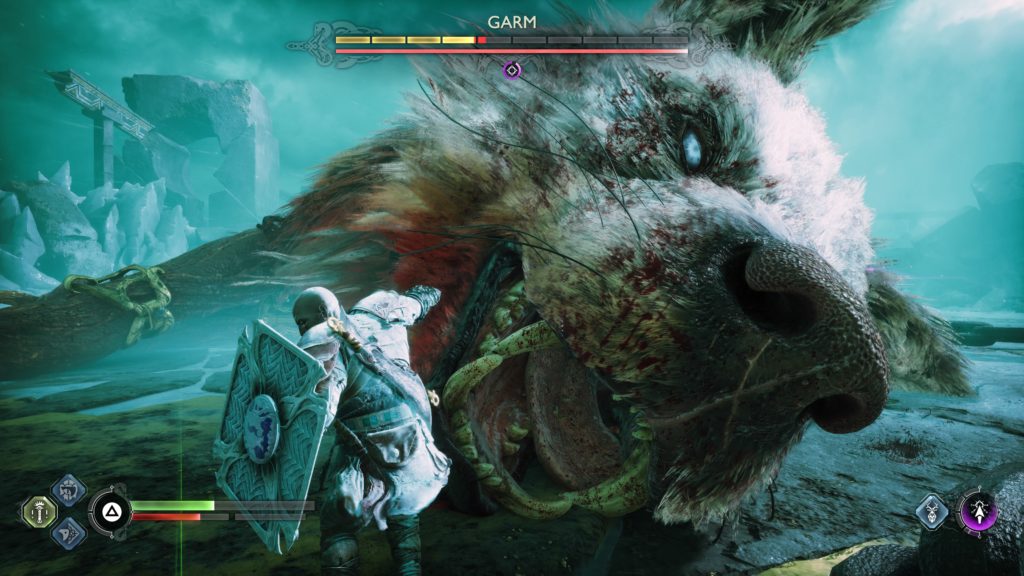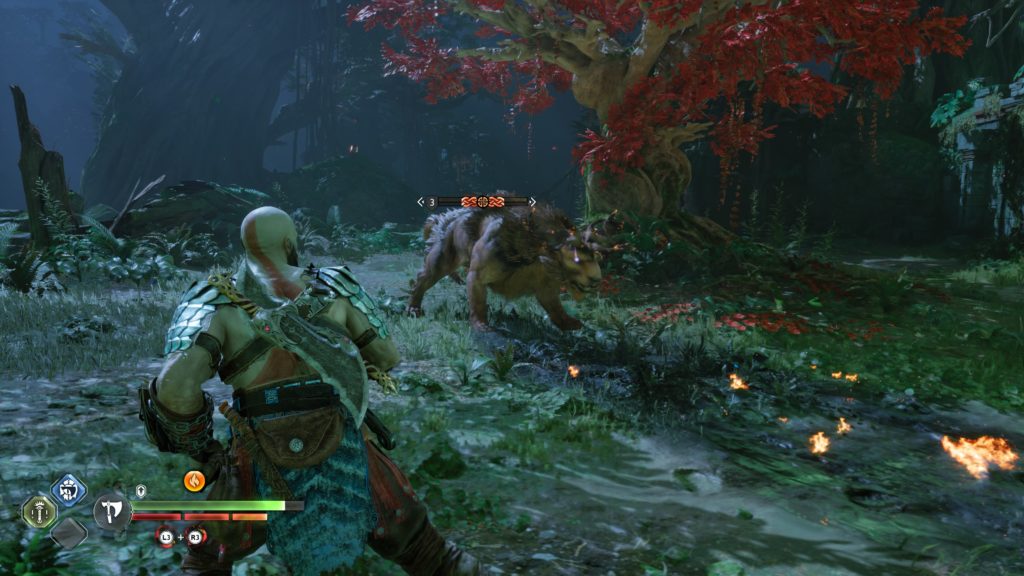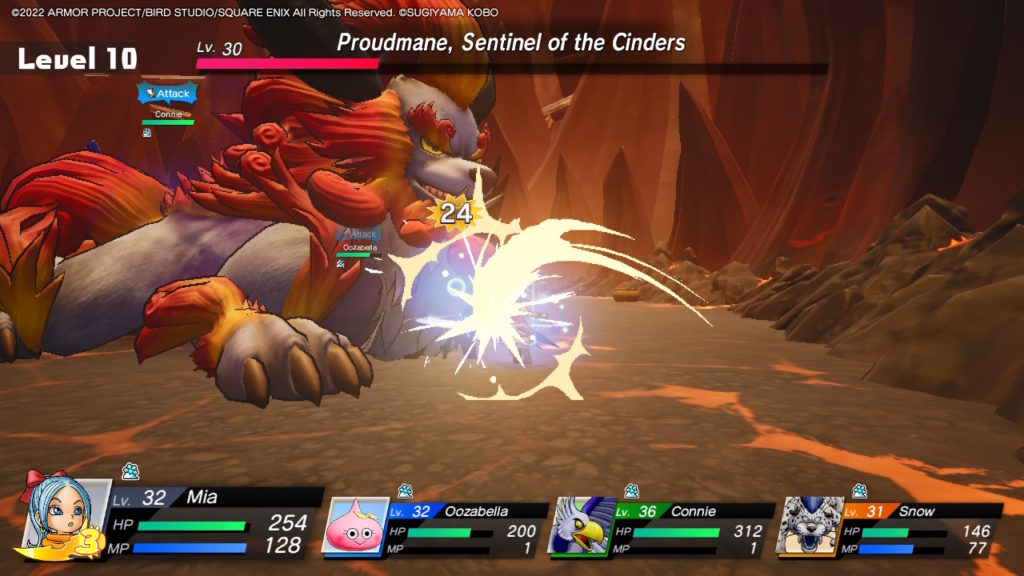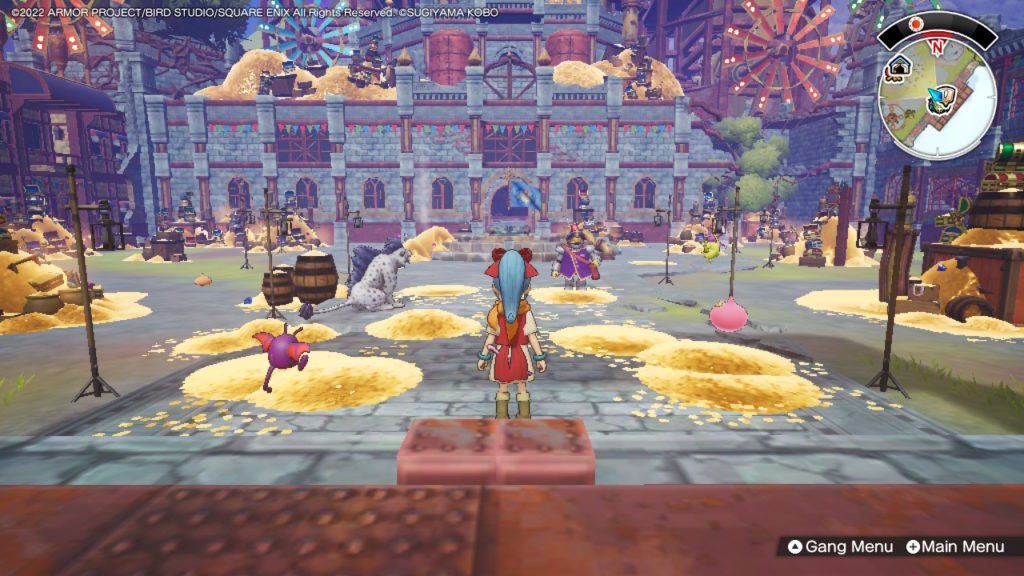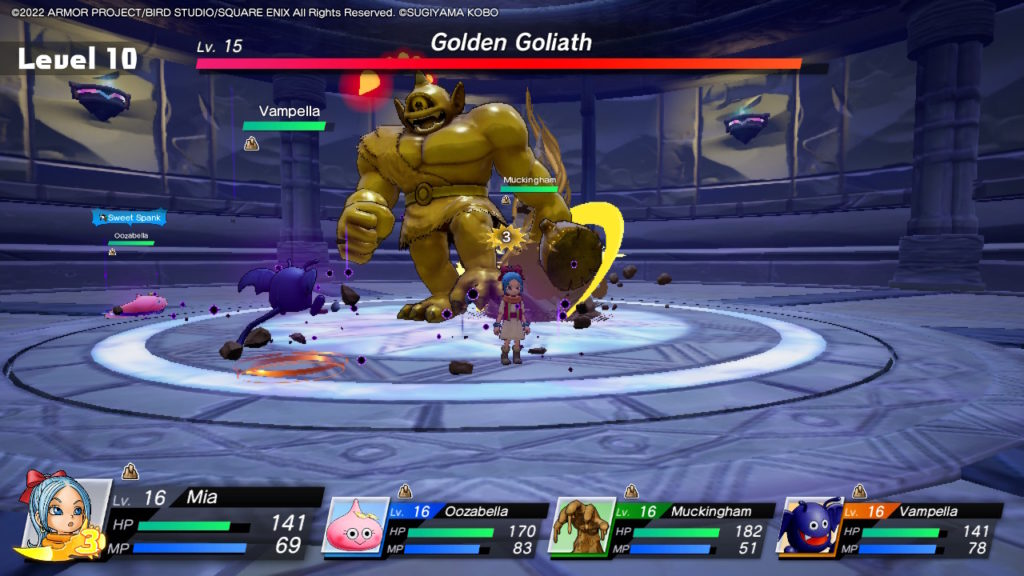- Genre: ARPG
- Platform: Switch
It would be extremely easy to point at this game and just go “it’s a sequel, whatever”. It shares the characters from Breath of the Wild. It largely shares the overworld, which at a glance simply features the changes that come from progression of time. At a glance it looks to be largely the same mechanically. However, it’s just a bafflingly better game than BOTW, which was already a bafflingly good game.
One of the things that struck me was that it felt weird that they threw out the runes from the original game. That felt like such a core part of the gameplay of the original that removing them just felt wrong. When you get the new ultra hand and fuse abilities early on, they kind of feel like a weird replacement. But then you fuse a bomb flower to an arrow and you suddenly don’t miss the bomb rune so much. You start to realize that the utility of ultra hand replaces the use of the magnesis rune. You start attaching rockets to your shields and suddenly using stasis launches just feels like a slow part of the past. Then you’re busy building something stupid like the vehicle I made up there and by that point you’ve completely missed that the system has so well clicked in your head that you don’t miss the systems of the original game.
The thing that is so wild as a developer about the set of abilities in the game is how often I would try something and be surprised that it just worked. There’s obvious things like attaching an arrow and bomb together would do something cool because Zelda games have had that in the past. But attaching an eyeball to an arrow? Well of course it’s now a homing arrow because it can see. Attaching meat to an arrow? Now you’ve got something to lure enemies. Attach a rocket to your shield? Now you can fly. Attach a wheel to a rope? Now you can open gates. Attach a control stick to some fans? You’ve got a flying motorcycle. Those are nothing next to some of the crazy things the community has been up to.
It’s one of those things that I can understand conceptually how they pulled it off. Ultimately it’s more of an issue of scale of problem solving than anything else. However, I’ve never been in the position where I could simply make anything work simply because that’s the core idea of the game. Everything within these systems is so well polished because they’ve spent the last six years just perfecting every interaction that you can have. These interactions are also completely not accidental either, because most of them are covered in some place in some shrine in some corner of the world where it was clear that something was made simply because some developer along the way said “I want to make a puzzle, I want this mechanic, let’s get it working” and it became another potential tool in the chest for the team and ultimately for players.
All this is to say nothing about the fact that the game isn’t just a slightly modified overworld. Yes that’s there, and yes there’s a lot of differences that players of BOTW will appreciate. However, there’s an entire set of new sky islands to explore and puzzle through that offer unique challenges in terms of trying not to fall off of them. The introduction of the ascend ability that allows you to pass through things above you greatly enhances traversal in all situations. You then start going into the depths and quickly realize that there’s an entire second overworld as big as Hyrule to explore and find cool stuff in. The depths’ core change is that it’s completely dark until you light it up, and that change alone transforms the game into the strangest combination of survival horror and ARPG that drastically changed the pace of how I was playing the game. That alone is enough of a reason to warrant this being considered a full new experience instead of simply a retread.
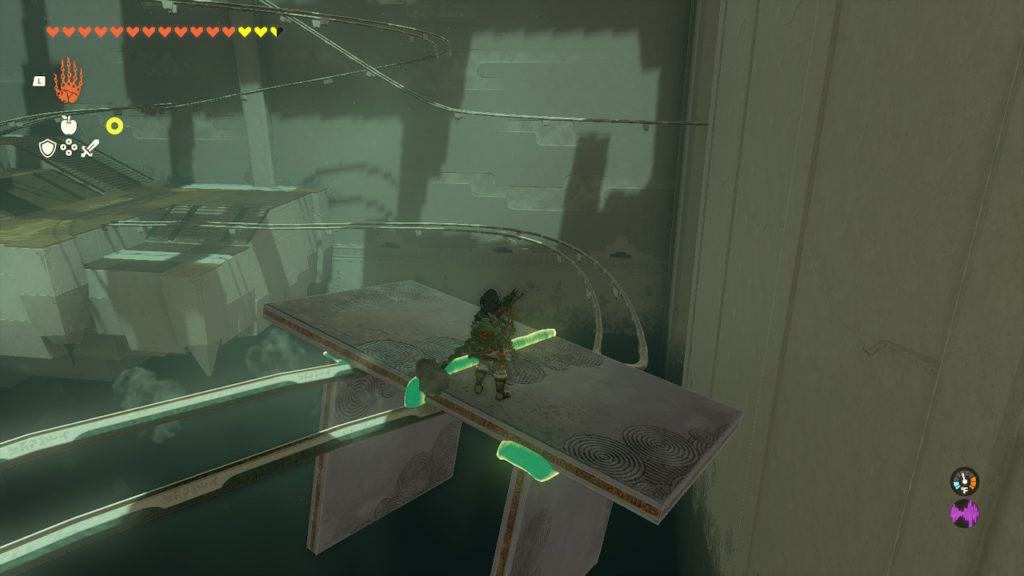
All that said I do have some gripes about combat, which felt like the weakest part of the game to me. There was something about the timing of dodges/parries that just felt off to me and I could never really quite place my finger on what it was. So much of the combat once you get past the intro red enemies is about dodging or parrying to lay in maximum damage and it always felt like I was just a bit early or just a bit late. I would make adjustments and end up on the other side of that, never really getting to the point where I was really ever comfortable engaging in combat in the overworld where multiple enemies were around. I felt like I was often just taking a ton of what should have been avoidable damage, but just never could quite make it work.
The frustrating part is I never had this problem against bosses. I beat all the temple bosses first try and had similar results against Ganon, despite the fight feeling like a callback to Wind Waker in being so heavily based around specifically dodging to lay in damage. The fact that bosses tended to be fine while overworld combat was problematic for me made me think that I was battling some sort of input latency or frame pacing issue since overworld framerate tends to be less consistent than the tailored boss areas. In those situations combat just felt nice. Timing things felt fair and appropriate without being too easy. It was rewarding to nail your dodges and get a flurry rush while laying in huge damage. I guess ultimately my problem with combat was that things like late-game Bokoblins felt like more of a threat than Ganondorf which is something I can’t really reconcile in my head.
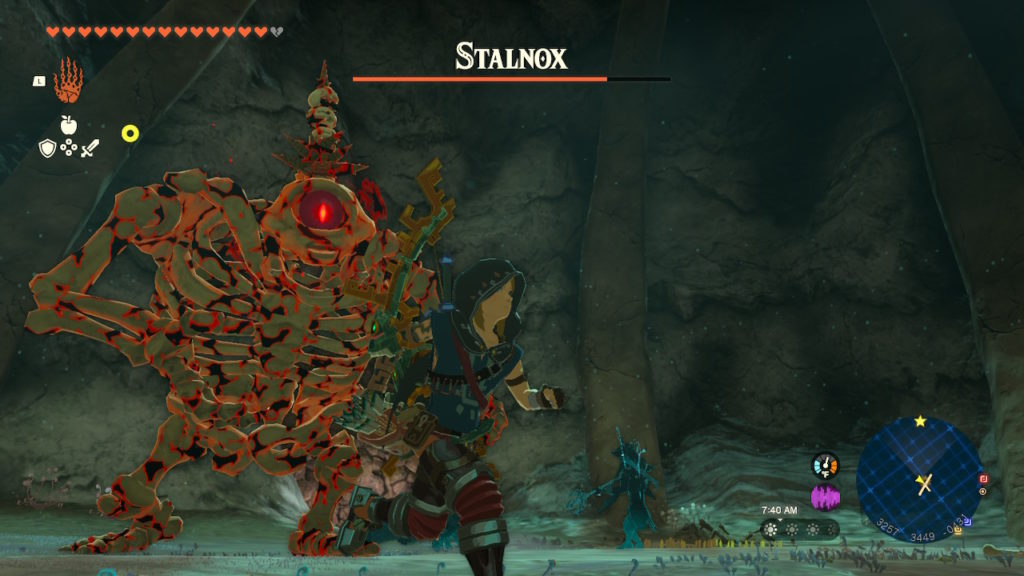
My combat issues didn’t really negatively impact my feelings on the game though. This is absolutely a game worth playing and if for some reason you still don’t own a Switch, this is game worth getting a Switch to play. It’s so fundamentally good across nearly the entire experience and just constantly throws things at you that will surprise you. It takes what was originally a top game of all time framework and enhances it in ways that sets a new standard for what open world ARPGs should be striving for.


